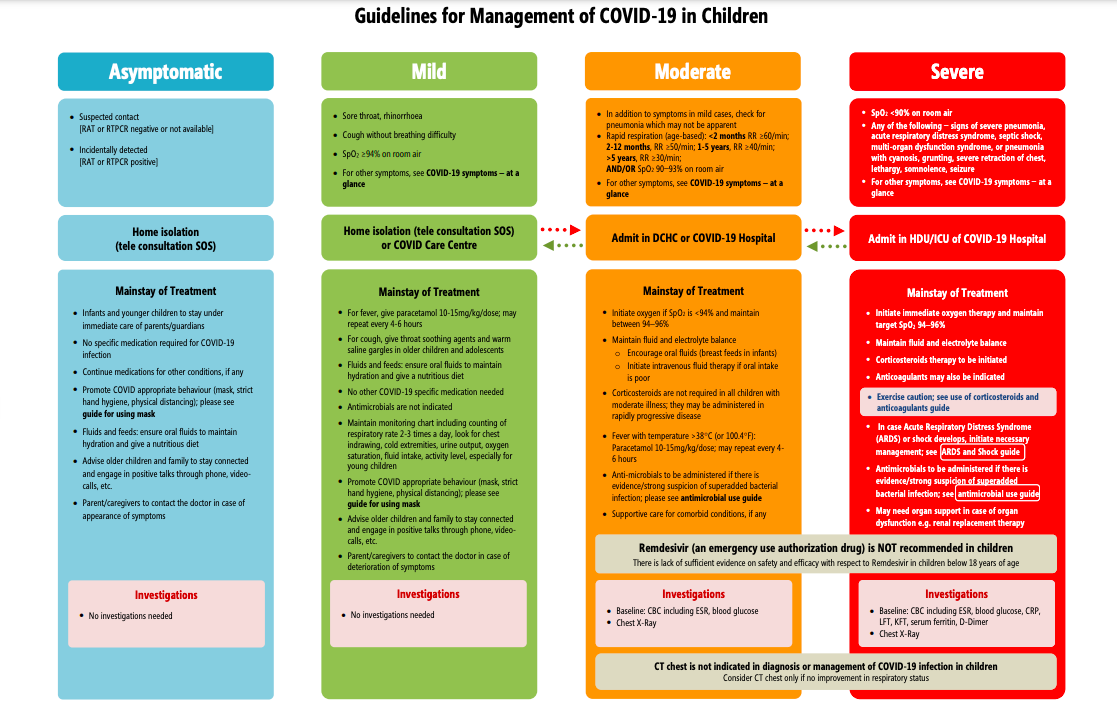March 21, 2024
A groundbreaking study published in the open-access journal PLOS Biology unveils how bonding within small hierarchical groups influences neural activity and communication dynamics among leaders and followers. Led by Jun Ni from Beijing Normal University, China, the research sheds light on the intricate interplay between social bonding, brain function, and group communication.
Hierarchical social structures are pervasive in human societies, shaping interactions and relationships within groups. To investigate the impact of bonding on communication within hierarchical groups, researchers observed 176 three-person groups of participants engaging in face-to-face communication tasks. Equipped with caps embedded with fNIRS (functional near-infrared spectroscopy) electrodes, participants’ brain activity was monitored as they interacted with their group members.
Each group democratically elected a leader, resulting in a structure where one leader and two followers strategized and communicated. Some groups underwent a bonding session, fostering familiarity through shared color preferences, uniforms, and introductory chats. Following this bonding experience, participants engaged in economic games designed to assess group dynamics and cooperation.
Results revealed that bonded groups exhibited more fluid communication patterns, characterized by increased interaction frequency and rapid transitions between speakers. Notably, this effect was most pronounced between leaders and followers, indicating a heightened alignment in communication dynamics within bonded hierarchical groups.
Neural activity analysis pinpointed two brain regions, the right dorsolateral prefrontal cortex (rDLPFC) and the right temporoparietal junction (rTPJ), which demonstrated synchronized activity among bonded leaders and followers. This neural synchronization suggests a mutual anticipation of mental states during group decision-making, potentially enhancing coordination and cooperation within the group.
However, the study’s findings are contextualized within the specific cultural and communicative context of East Asian Chinese individuals communicating via text, emphasizing group cohesion and commitment to group leaders. The authors acknowledge the need for further research to explore how these findings generalize across diverse populations and communication modalities.
Commenting on the study’s implications, the authors underscore the role of social bonding in facilitating information exchange and neural synchronization among individuals of varying social statuses. They highlight the potential neurocognitive mechanisms underlying the hierarchical structure of human groups, offering valuable insights into the dynamics of social interaction and communication.
As society continues to navigate complex social structures and group dynamics, studies like this contribute to a deeper understanding of how interpersonal relationships and neural processes shape collective behavior and decision-making. The research paves the way for future investigations into the intricate interplay between social bonding, brain function, and group dynamics, fostering advancements in fields ranging from psychology to organizational behavior.











